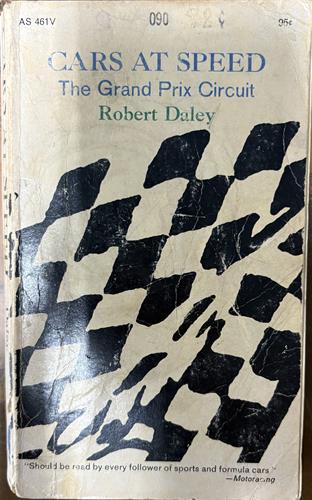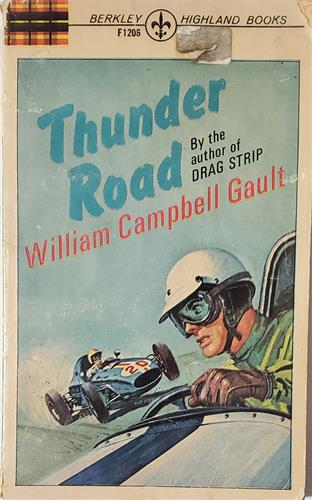
At some point Jim Hall dropped off one his Chaparral IIs at Chevrolet R & D (Research & Development) in Detroit. They tested it, measured it, analyzed it, and built what they believed was an improvement: the Corvette GSIIb, a rear-engine machine built for Group 7 racing, with an aluminum small-block Chevy engine, aluminum monocoque chassis, anti-dive/anti-squat suspension, and one-speed automatic torque converter in place of the usual four-speed manual transmission. The Corvette GSIIb morphed into the Chaparral IIE and was raced by Phil Hill and Jim Hall in the 1966 Can Am series. Or so the story goes. The beauty of “Chaparral” by Richard Falconer with Doug Nye, is the authors have uncovered many of the secrets of Hall’s revolutionary Chaparrals and his relationship with Chevrolet R & D. To this day, Mr. Hall is still reluctant to talk about it in depth, but the circumstantial evidence (as a prosecuting attorney would say) is overwhelming.
In the mid-1960s, when it seemed Chaparral Cars was the sole Chevrolet runner to challenge Shelby/Ford for sports car dominance, Hall held the upper hand at times, such as the 1965 Sebring 12-Hour where his Chaparral easily beat the Shelby/Ford GT40 juggernaut. At the time, the Chaparral II was a mystery car, with exotic fiberglass monocoque chassis and a secret automatic transmission. Shelby was so frustrated he wrote General Motors demanding Chevy R & D sell him one of the secret transmission to equal the playing field! It was, to say the least, an interesting time to be following motor racing, with Ford and Chevy going head-to-head in the form of two charismatic Texans, Carroll Shelby and Jim Hall.
The Ford Motor Company, which was intent on winning Le Mans, countered by upping the stakes, with more money, more cars, bigger engines, and culminating in the Ford Mk IV, which Ford engineer Ed Hull freely admitted was influenced by the Chaparral’s unique and effective design. Hall countered with more technology—with high-mounted wings, and two-and-three speed torque-converter transmissions. Alas, it was Hall’s undoing. His Chaparrals were every bit as fast as the Ford GTs but were often let down by failed transmissions. When the transmissions held together, Hall's Chaparral won, memorably at the 1966 Nurburgring 1000 Kilometer, and the 1967 Brands Hatch 1000 Kilometer. Ford, however, achieved its primary objective of winning Le Mans two-years running, in 1966 and 1967. In private hands, the Ford GT40 won twice more, extending the Ford Le Mans winning streak to four in a row.
The authors quote Hall (who is sometimes cagey with his answers) and a number of the Chevy R & D engineers—Frank Winchell, Jim Musser, Don Cox, Tom Goed, and Paul van Valkenburg, who clearly delight in their clandestine support of Chaparral Cars, which makes this book so fascinating and worthwhile. There are other books about Hall's Chaparrals, but none with this thoroughness. The book includes race results, and many photos, including photos of the still-mysterious transmissions and conjectural drawing of how it worked. At the time of publication (1992) all but two of the Chaparrals had been restored. The ones that have been are presented in glorious color.
Published 1992
Chaparral
208
10.33 x 10.33 x 0.75 inches





















